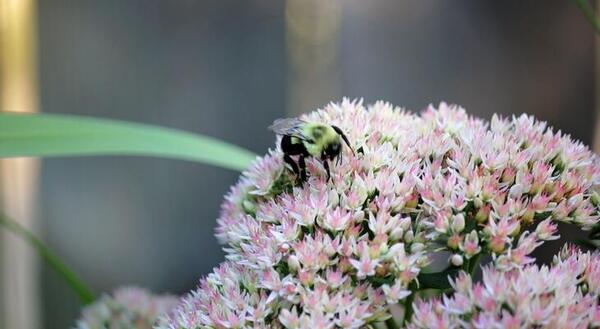
Are you looking to select plants that support local wildlife, conserve water, and enhance the overall ecosystem in Central Illinois? Here are some steps to assist you:
Research Local Native Plants
Begin by researching native plant species that are indigenous to Central Illinois. Find resources, plant lists, and guides from local extension offices or other conservation focused organizations. Extension’s new Illinois Pollinator website has a plant selection tool to help you find just the right plant for your location.
Consider Plant Diversity
Choose a diverse range of plant species that bloom at different times of the year. Aim to have three different plants blooming in each part of the growing season. Having a variety of colors and floral forms is important to support a diverse number of species. This guarantees a continuous supply of resources for wildlife throughout the seasons.
Include plants that attract pollinators like bees, butterflies, and hummingbirds. Excellent choices are native wildflowers such as coneflowers, milkweeds, and bee balm for summer blooms. Add spring and autumn bloomers also to provide pollinator resources all season.
Select Native Trees and Shrubs
Trees and shrubs provide essential habitat, shelter, and food for varied wildlife. Consider species like oak, maple, hickory, and dogwood, which are native to Illinois. Plants that produce berries, like serviceberries, elderberries, and raspberries, provide food for birds and other wildlife. Seed and nuts are also good sources of food for wildlife.
Think About Host Plants
Some butterflies and moths require specific host plants for their caterpillars. Host plants include:
- Milkweed for monarch butterflies,
- Echinacea and rudbeckia for silvery checkerspot butterflies
- Parsley, dill, or fennel for black swallowtail butterflies
- Aster for painted lady and pearl crescent butterflies
Make sure to include host plants in your garden to provide for all stages of the pollinator’s lifecycle.
Be careful about planting invasive species that can harm local ecosystems. Check with local conservation organizations or your extension office for lists of invasive species to avoid.
Create Habitat Features
Native grasses and sedges can provide shelter and nesting materials for birds and small mammals. Species like little bluestem and prairie dropseed can be good choices for providing habitat building resources. Enhance habitat diversity by adding birdhouses, bat boxes, and pollinator hotels. Providing water sources, like birdbaths or a small pond, can also attract wildlife.
Use Sustainable Practices
Regularly maintain your garden by removing invasive species, pruning, and weeding. Keep an eye on the health of your plants and adjust your garden plan as needed. Employ sustainable gardening practices, such as mulching with native materials, reducing pesticide and herbicide use, and conserving water through efficient irrigation methods.
By choosing native plants that provide food, shelter, and habitat for local wildlife, you can create a garden that not only looks beautiful but also contributes to the ecological health of your landscape.